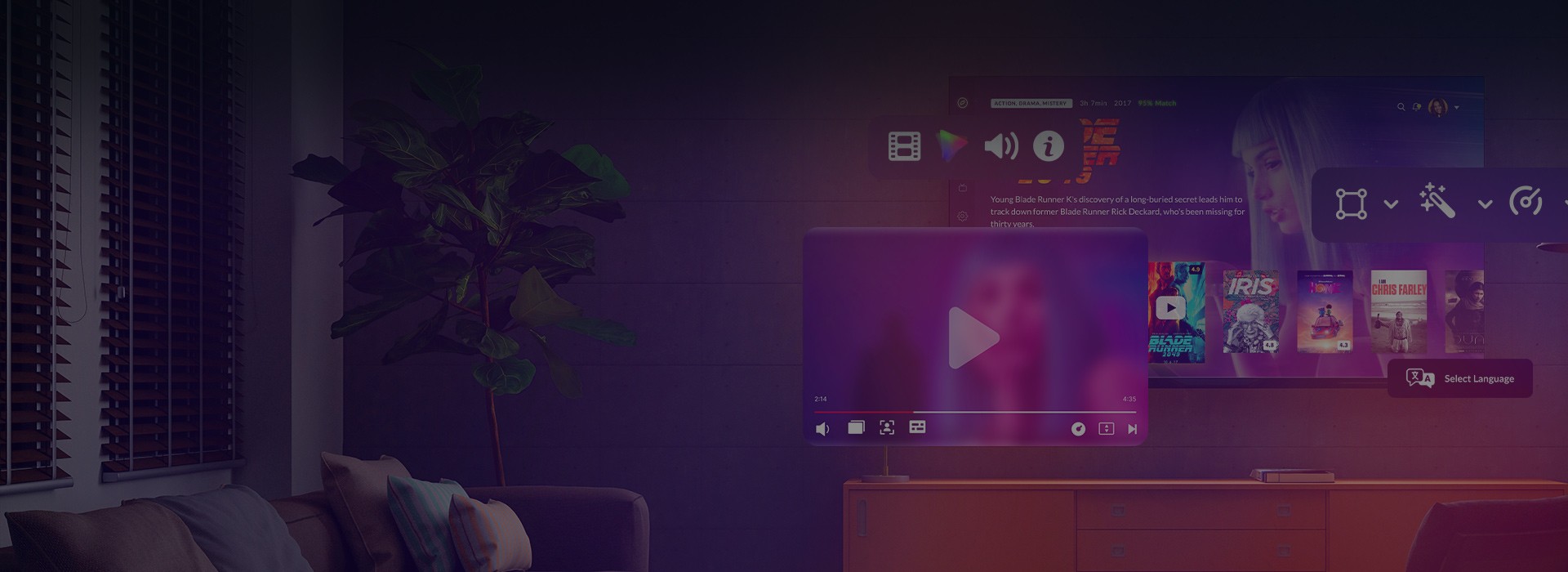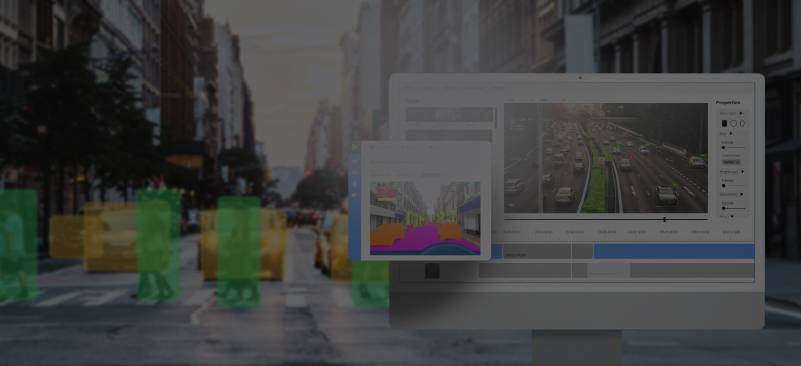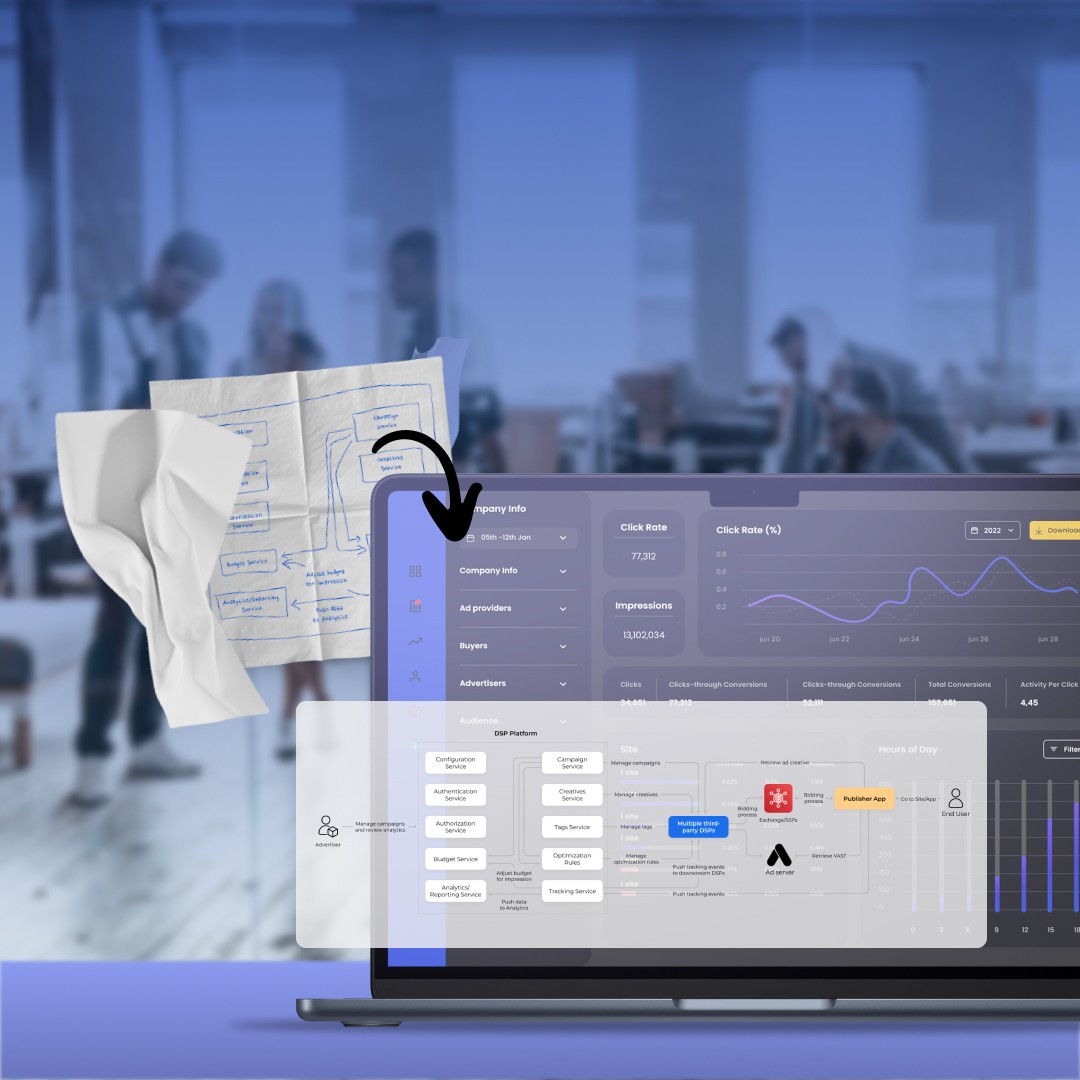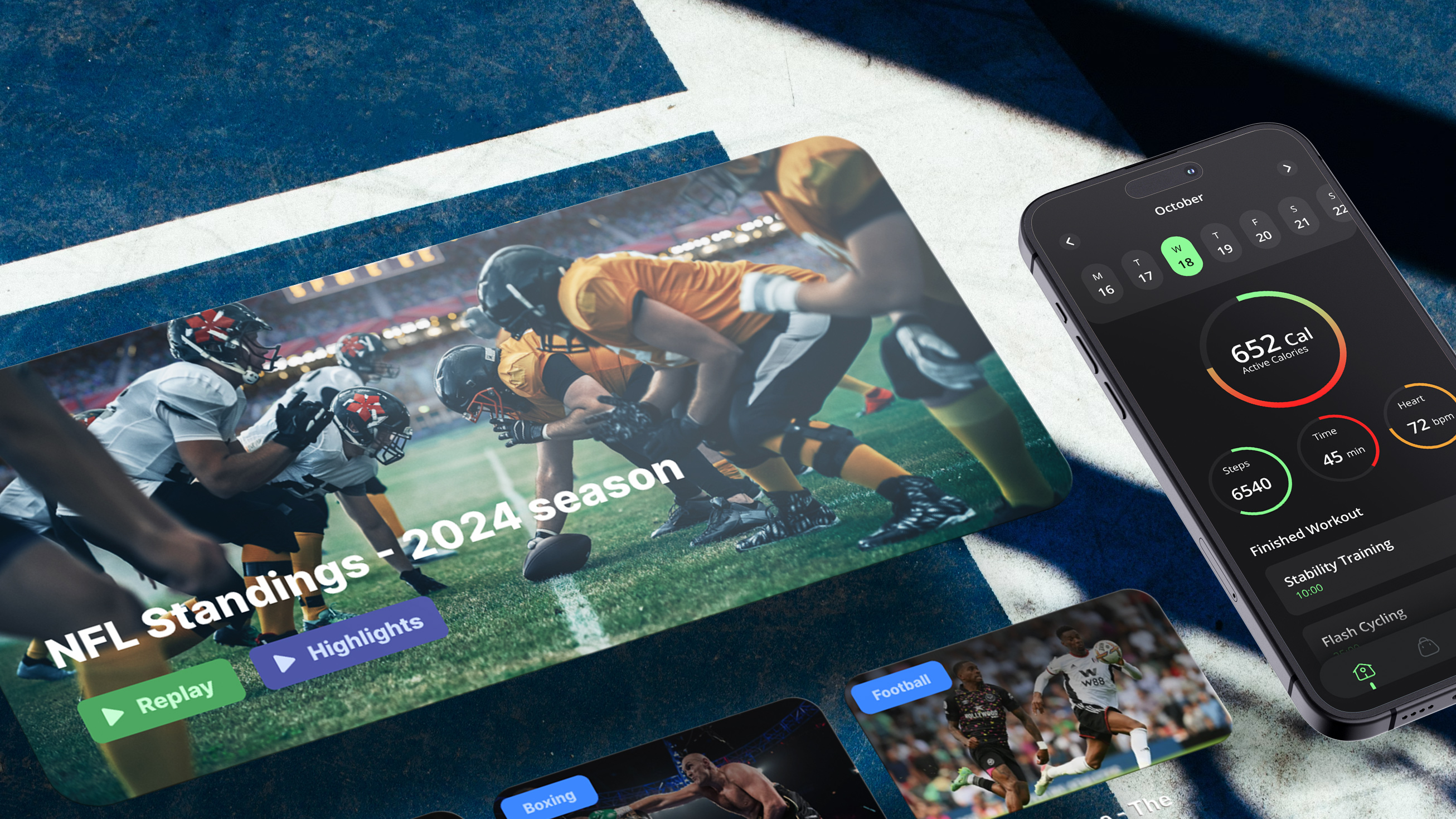Over the past decade, digital publishers have weathered massive transformations, from shifts in audience behavior to platform-driven algorithm changes. The early promises of the “pivot to video” sparked a wave of investment in video content, but for many, the returns were inconsistent. High-profile layoffs, missed revenue goals, and overreliance on third-party platforms left publishers questioning the sustainability of video-first strategies.
Yet, in 2025, the narrative has shifted. Native video advertising is no longer seen as a risky experiment but has become a foundational element of many publishers’ content and monetization strategies. The most successful players have moved away from chasing viral hits on social platforms and instead of focusing on building direct relationships with audiences through native video ads integrated into their websites, newsletters, and apps.
While the market remains competitive and advertising margins are under pressure, the growing adoption of contextual video ads, AI-powered personalization, and subscription-based video models has created new revenue pathways. Publishers that embrace the native video format within their owned ecosystems are seeing higher engagement, better control over data, and more predictable monetization.
Why platform dependence no longer works
Over the past decade, digital publishers have learned a tough lesson: relying heavily on third-party platforms for video distribution is a risky long-term strategy. While platforms like YouTube, Facebook, and Instagram helped popularize online video and attract massive audiences, they’ve also kept a firm grip on how content is surfaced, monetized, and measured.
Today, that model no longer delivers the same value. Major social platforms continue to prioritize their own ecosystems and advertising products, from Facebook Watch to YouTube Shorts, making it harder for publishers to gain visibility or build consistent revenue streams. Algorithm updates, monetization policy changes, and a lack of transparent performance data make it nearly impossible to run a sustainable video business on someone else’s terms.
At the same time, browser-level restrictions like Safari and Chrome’s default blocking of autoplay and third-party cookies have diminished the effectiveness of passive video views and attention-hacking tactics. Audiences increasingly seek high-quality, intentional viewing experiences and are more likely to engage with content they actively choose — not content that’s pushed into their feed.
These shifts have made it clear that publishers need greater ownership of their video strategies. By bringing their native video advertising efforts in-house and hosting content directly on their websites, apps, or newsletters, they regain control over how video is delivered, monetized, and measured. This not only improves the user experience but also ensures that 100% of video ad revenue stays with the publisher.
Crucially, this approach allows access to first-party audience data — a growing priority in the cookieless digital economy. With browsers phasing out third-party tracking, first-party insights are becoming a key asset for publishers looking to personalize experiences, improve targeting, and build sustainable monetization models.
What’s more, the rise of connected TV (CTV) and cross-device streaming is expanding how and where video is consumed. Publishers who manage their own video distribution can extend reach into Smart TVs and other OTT environments, tapping into the rapidly growing CTV ad market and offering consistent viewing experiences across screens.
To help scale these efforts, many are also turning to AI-powered tools for video production and distribution. Automated transcriptions, highlights generation, and smart recommendations reduce operational load while boosting viewer engagement, making it easier to maintain a steady video output without a massive production team.
Of course, this model requires investment in infrastructure, strategy, and analytics. But for publishers focused on long-term independence, owning the whole video experience, from creation to monetization, has become not just a smart move but a strategic necessity.
Why building an independent video strategy isn’t easy

Owning your video distribution platform may sound empowering, and it is. But for publishers, bringing video production and monetization in-house presents a number of operational and strategic challenges. These are the most common hurdles they face:
1. Complex production and workflow setup
Managing video across distributed teams, platforms, and formats is far from simple. Off-the-shelf video management tools often fall short when it comes to:
- Scaling across multiple teams or brands
- Supporting diverse content types (live, on-demand, short-form, long-form)
- Integrating smoothly with a publisher’s existing CMS, analytics tools, or ad tech stack
In contrast, custom-made video solutions can be tailored to meet specific business needs. Though this approach requires a higher upfront investment, it offers long-term flexibility, better alignment with internal goals, and more control over content delivery and user experience.
2. Monetization and brand safety
Turning views into revenue through on-site video, especially via native video ads, remains a complex process. Advertisers expect:
- Brand-safe environments
- Transparent audience targeting
- Relevant, high-quality content placement
Relying exclusively on programmatic buying means ceding much of that control to algorithms. As a result, publishers risk their ads appearing next to inappropriate or controversial content. This has already led to several publicized brand withdrawals and revenue losses.
To counter that, many publishers are shifting focus toward programmatic direct models, which combine automation with the safety and transparency of negotiated deals. In parallel, direct sales remain a reliable way to match premium inventory with high-value advertisers in controlled environments.
3. Quality expectations and editorial pressure
As video storytelling evolves into a primary mode of journalism and branded communication, quality expectations continue to rise. To compete in this landscape, publishers must:
- Invest in editorial oversight and creative talent
- Deliver consistent, on-brand video experiences
- Balance output volume with storytelling depth and production standards
Maintaining this level of quality requires careful decisions around budgeting, hiring, and workflow design, especially as audience attention spans shorten and content lifecycles accelerate.
As Susan Benikarim of NiemanLab puts it:
“Make very good things that people actually want to read and watch. That’s it. That’s all. That’s everything.”
The bottom line here is that building a sustainable, in-house video strategy is a demanding process. But for publishers seeking long-term autonomy, better monetization, and closer audience relationships, it’s a strategic move worth the effort.
Video isn’t dead — it just needs to be done right
If fragmented or platform-dependent video strategies haven’t delivered, it doesn’t mean that online video has failed. On the contrary, demand for video content continues to grow across industries and audiences. In fact, Wyzowl’s 2024 State of Video Marketing report shows that 91% of businesses use video as a marketing tool, with 89% saying it gives them a positive ROI1. What’s no longer working is the overreliance on third-party platforms to manage its distribution, monetization, and user engagement.
Publishers looking to regain control are increasingly shifting focus toward native video format, hosting and managing video content within their own ecosystems. This approach allows them to strengthen audience relationships, improve ad performance, and future-proof their operations against shifting algorithms and policies.
The good news is that the technology to support this transition is already available. What’s needed now is the readiness to embrace it — with the right tools, workflows, and partner support in place.
At Oxagile, we bring over a decade of hands-on experience in video streaming, OTT, and AdTech solutions. Whether you’re starting from scratch or scaling an existing platform, we’re here to help — from discovery and consulting to custom software development and integration.
Let’s talk about how native video can work for you.
Sources:
1. Wyzowl — The State of Video Marketing 2024























